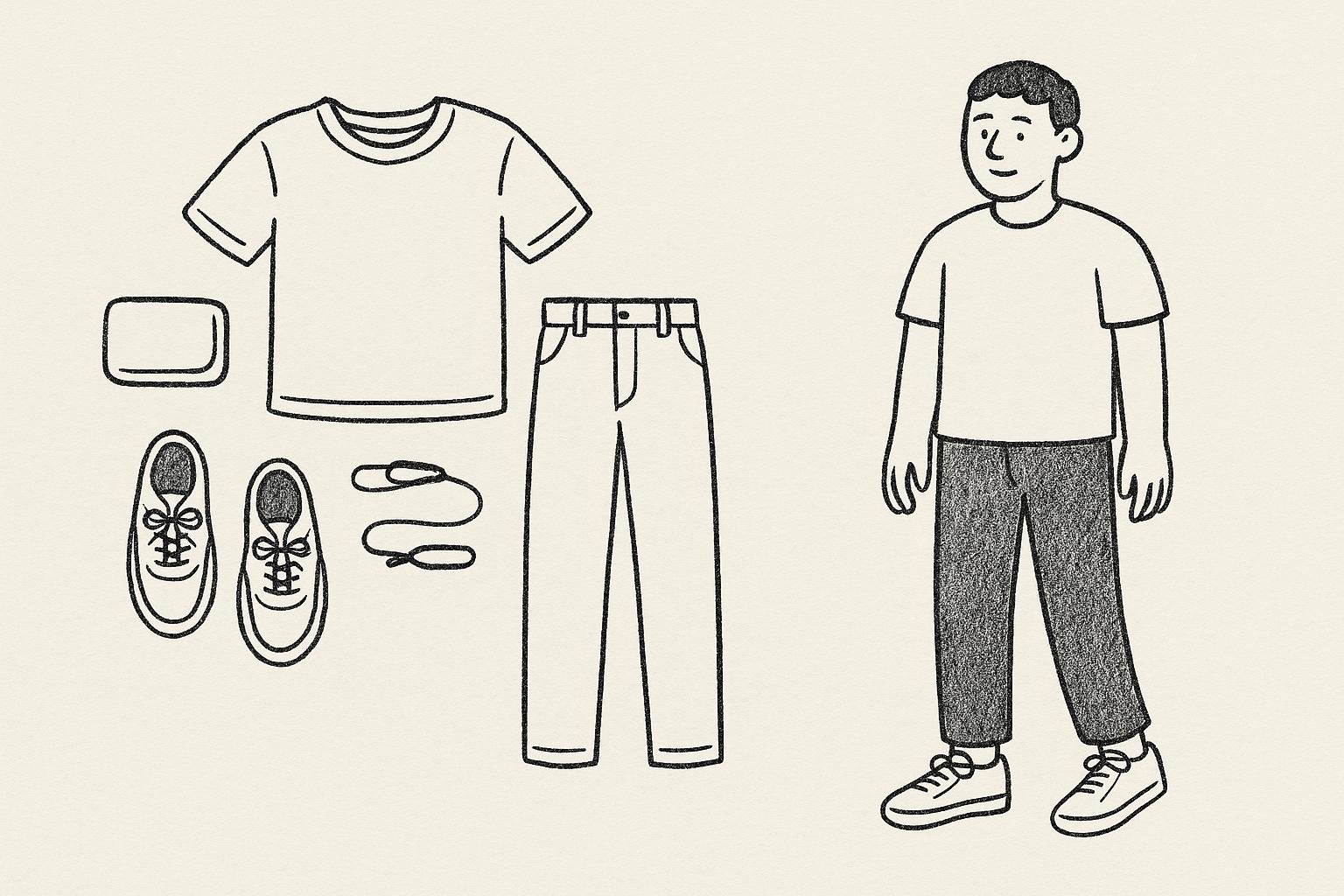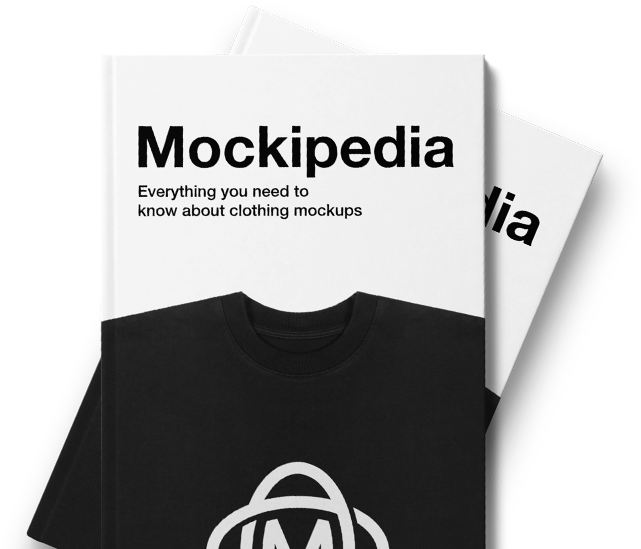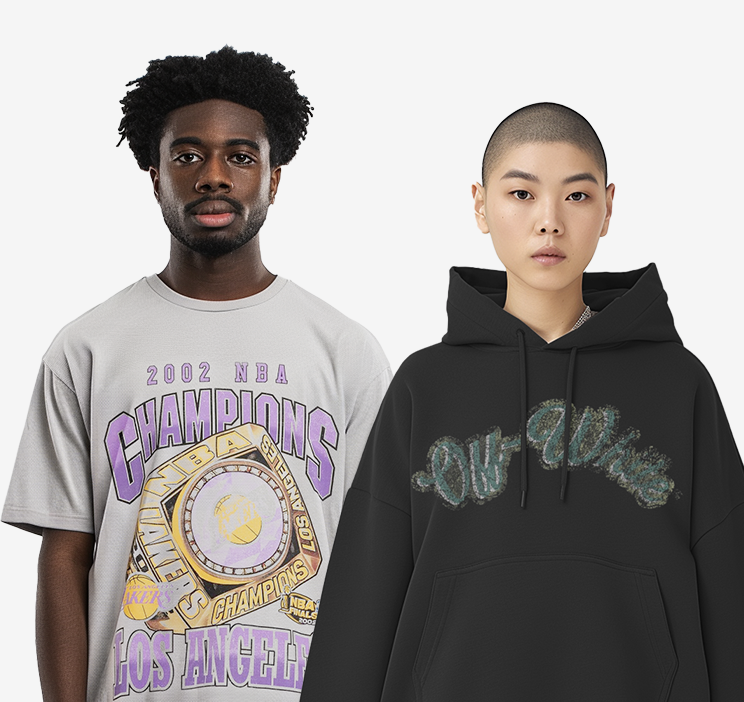Launching a clothing brand in 2025 requires more than just trendy designs and a catchy logo. As the fashion business landscape evolves, so do the strategies required to stand out in a sea of competitors. If you aspire to build a brand that not only thrives but also resonates deeply with its audience, this guide provides a comprehensive roadmap to achieve that. By shifting the focus from surface-level trends to building authentic connections and a distinct brand identity, you can carve out a unique space in the market.
In this article, we’ll dive into a fresh, transformative framework for fashion entrepreneurs. Drawing from years of success and firsthand lessons, this guide is designed to help you bypass common pitfalls and save time, money, and effort.
Introduction: Why Most Startups Fail and What to Do Differently
The fashion industry is overflowing with entrepreneurs who are designing products in isolation, relying on outdated advice, and gambling on the hope that their designs will "go viral." This approach often leads to wasted time, resources, and ultimately failure. The truth is that building a clothing brand in 2025 is not about creating a product in a vacuum – it’s about creating a meaningful, community-driven movement fueled by authenticity.
If your goal is to stand out, your first priority should not be designing clothes but rather defining who you are, who your audience is, and why your brand exists. Starting with clarity on your brand’s core identity, or "DNA", can make all the difference.
Let’s break this process into actionable steps.
sbb-itb-1e8f9ab
Step 1: Define Your Brand’s DNA
Brand DNA is not graphic design, it’s your identity. Many new entrepreneurs focus on fonts, colors, and logos, mistaking these elements for the essence of their brand. But the reality is, these are surface details. The true heart of your brand lies in your values, personality, and purpose.
Here’s how to get started:
- Reflect on Your Personal Influences:
Your brand should represent who you are at your core. Take a moment to examine your life experiences, personal interests, and cultural influences. For example, the creator of Tamed Psychotic drew inspiration from motorcycle culture, combat sports, and vintage fashion. These elements became the foundation for the brand’s rugged, chaotic, and unapologetic identity. - Define Core Values:
Authentic brands resonate because they reflect the values of their creators. Are you about bold self-expression? Chasing excellence? Embracing imperfections? Whatever drives you personally should also fuel your brand. - Infuse Your DNA Into Every Detail:
Once you’ve identified your brand’s personality, make it tangible. Your website, photoshoots, product descriptions, and even your models should reflect your unique identity. Consistency is key.
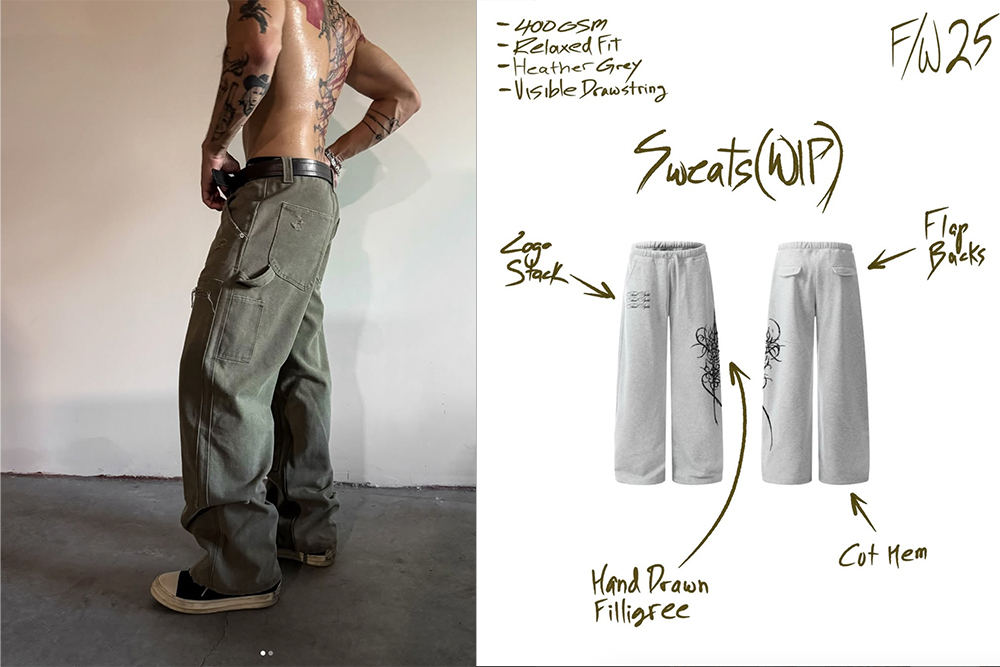
Why it matters: Authenticity ensures you stay passionate and committed to your brand. If your identity feels forced or fake, it’ll show – and your customers won’t connect with it.
Step 2: Identify Your Audience
The next critical step is knowing exactly who your audience is. And no, "people who like clothes" is not specific enough.
Rather than targeting the broad masses, narrow your focus to a specific niche. Here’s how:
- Understand Their Lifestyle:
Think beyond demographics like age or gender. Consider what your ideal customer’s life looks like. Are they adrenaline junkies, athletes, or artistic souls? What are their hobbies, values, and aspirations? - Create a Community, Not Just Products:
Your audience isn’t just buying clothes – they’re buying into a lifestyle, a way of thinking, or a philosophy. For example, Tame Psychotic attracted a mix of athletes, bikers, and growth-oriented individuals by embodying a gritty, high-energy spirit. - Make It Polarizing:
Great branding evokes a strong reaction. When someone sees your content, they should immediately think, "This is so me!" or "This is definitely not me." Avoid trying to appeal to everyone – it will dilute your message and make you forgettable.
Step 3: Build a Personal Brand
Before your clothing brand even has products ready to sell, start documenting your journey and building a personal brand. Why? Because people connect with people, not faceless businesses.
- Share Your Story:
Use platforms like Instagram and TikTok to showcase your journey. Talk about the highs and lows, your inspirations, and behind-the-scenes moments. Authenticity is your superpower – don’t pretend to be a well-established brand overnight. - Engage Your Audience:
Create content that sparks conversation and builds relationships. For instance, share new designs and ask for feedback. Post updates about your production process, and let your audience feel like they’re part of the journey. - Start Simple:
Choose one or two platforms to focus on, such as TikTok (great for discovery) and Instagram (ideal for community building). Post regularly and experiment with various formats to see what resonates best.
Step 4: Validate Your Products
One of the biggest mistakes new entrepreneurs make is investing in bulk inventory without validating whether their audience likes the product. Instead of gambling, take a smarter approach:
- Use Mockups for Feedback:
Before producing anything, create mockups of your designs and post them online. Platforms like Instagram, TikTok, and Reddit are great for gathering input. - Create a Landing Page:
Build a simple website where people can sign up for early access to your products. This helps you gauge interest and begin building an email or SMS list. - Test the Waters:
If your designs resonate, collect preorders or create a small production run. This minimizes risk and ensures your audience is willing to pay for what you create.
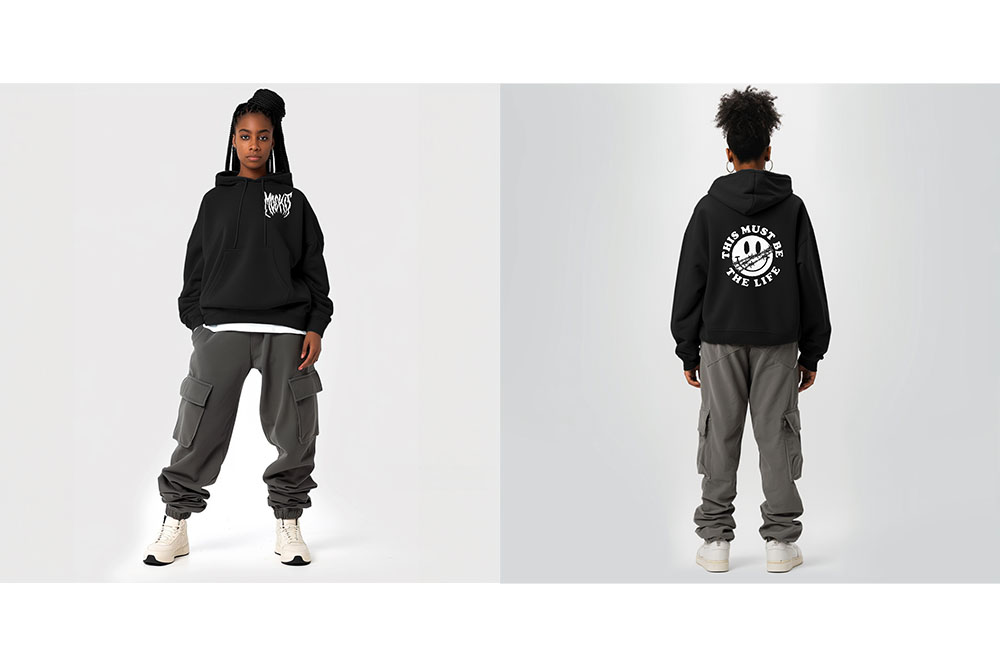
Step 5: Use the Drop Model
Instead of keeping your website open 24/7, consider using the drop model, where products are only available for a limited time. Here’s why this works in 2025:
- Scarcity Drives Demand:
When customers know they have a small window to purchase, they’re more likely to act quickly. Scarcity builds anticipation and urgency. - Creates an Event-Like Atmosphere:
Treat each drop like a special event. Use creative marketing to build hype and excitement leading up to the launch. - Aligns With Audience Expectations:
Today’s shoppers love exclusivity and "limited-edition" vibes. The drop model taps into this mindset while giving you control over production runs.
Step 6: Master Your Content Strategy
Content is the lifeblood of your brand’s success. To effectively promote your products and story, focus on three types of content:
- Product Showcase Content:
Highlight the details of your garments in simple, clean formats. Think videos or photos showing how the clothes fit, flow, and look up close. - Narrative-Driven Content:
Use storytelling to connect emotionally. Show your process, share personal anecdotes, and explain the meaning behind your designs. - Behind-the-Scenes Content:
Share the journey of creating your brand, from initial sketches to final samples. This builds transparency and trust with your audience.
Pro Tip: Consistency matters. Every piece of content should reflect your brand’s DNA and reinforce your unique identity.
Step 7: Price for Profit
Many new brands undervalue their products by pricing too low. But if you’re not making enough profit, you won’t have the resources to grow.
- Use a 3x markup as a starting point: If a hoodie costs $20 to produce, sell it for $60.
- Account for additional costs like marketing, fulfillment, and production.
Pricing isn’t just about making money – it’s about ensuring your brand has the resources to evolve and scale.

Key Takeaways
- Focus on Brand DNA: Your brand’s identity should reflect your personal values, passions, and lifestyle.
- Target a Specific Audience: Narrow your audience to a niche community that shares your values and vision.
- Build a Personal Brand: Share your journey authentically to connect with your audience on a deeper level.
- Validate Before Producing: Use mockups and small production runs to gauge interest before committing to inventory.
- Leverage Scarcity with Drops: Create urgency and anticipation by limiting product availability.
- Master Content Creation: Use a mix of product showcases, storytelling, and behind-the-scenes content to engage your audience.
- Price Strategically: Ensure your pricing covers costs and allows for reinvestment in your business.
Conclusion
Starting a clothing brand in 2025 is about more than just fashion – it’s about building a community, leading with authenticity, and creating a movement around your unique vision. By following these steps, you can avoid common pitfalls and set your brand up for long-term success.
The future of fashion belongs to those who dare to be distinct. The question is: Will you be one of them?
Source: "How I Would Start a Clothing Brand in 2025 (If I could start over)" – Marshall Crews, YouTube, Aug 20, 2025 – https://www.youtube.com/watch?v=SeLjuYyQ7g0
Use: Embedded for reference. Brief quotes used for commentary/review.



